Bryan's Posts About Science
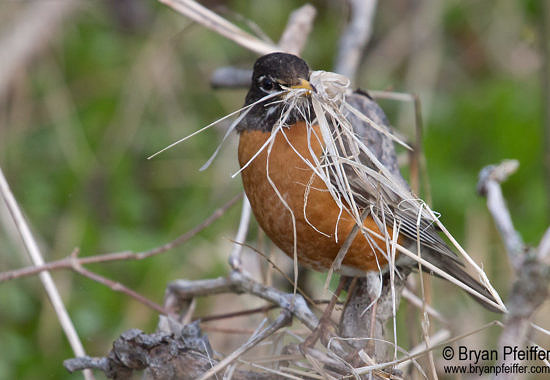
Why the American Robin is a Badass Bird
Hardly denizens of the suburban front lawns, American Robins conquer territory with a blend of moxie and manifest destiny, kind of like another American species we know all too well.
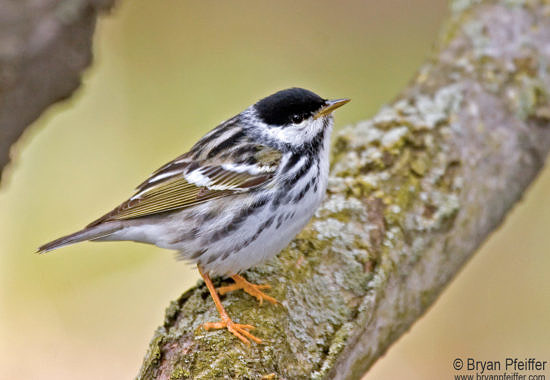
A Blackpoll Warbler’s Daring Trans-Atlantic Flight
Two wings and a prayer carry a Blackpoll Warbler on a remarkable journey to South America each autumn. Well, actually, two wings and the audacity to pull off one of the most amazing feats of migration on the planet: a non-stop, trans-Atlantic flight lasting up to three days.
After only speculating about this amazing journey for decades, my colleagues at the Vermont Center for Ecostudies today announced the proof. Blackpoll Warblers fitted with miniature tracking devices took off from points in either Nova Scotia or the northeastern U.S. and flew south over the Atlantic, with no safe place to land, until reaching Caribbean islands roughly 1,600 miles away.
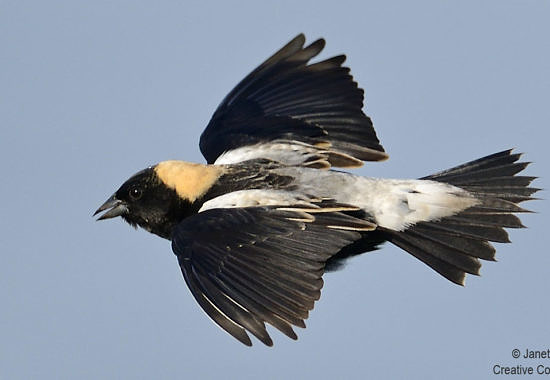
A Bobolink’s Carbon Fingerprint
What happens in South America doesn’t stay in South America. Bobolinks now migrating north will unwittingly bring back clues about what they were up to last winter. For the ornithologists working to protect these songbirds, it amounts to “better living through nuclear chemistry” — and better conservation as well.
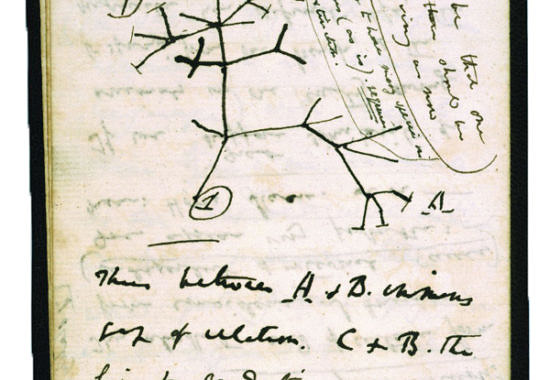
Happy Birthday, Charles Darwin
Today, Darwin Day, we celebrate the 206th birthday of Charles Darwin. We also learn the answer to my twenty-fourth What’s This? nature challenge and get a short discourse (from me) on a philosophy of science and history made possible by Darwin.
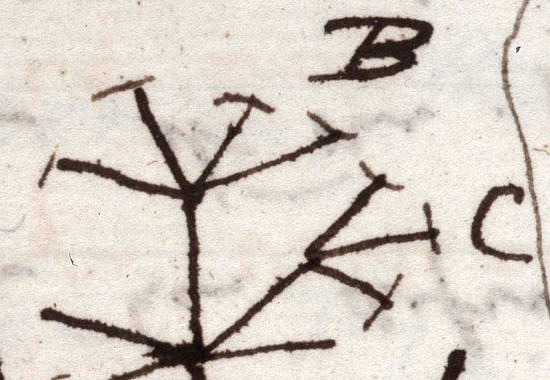
What’s This? No. 24
Well, okay, you can probably tell that my latest What’s This? nature challenge is atypical — neither fur nor feather, fern nor fritillary. Or is it?
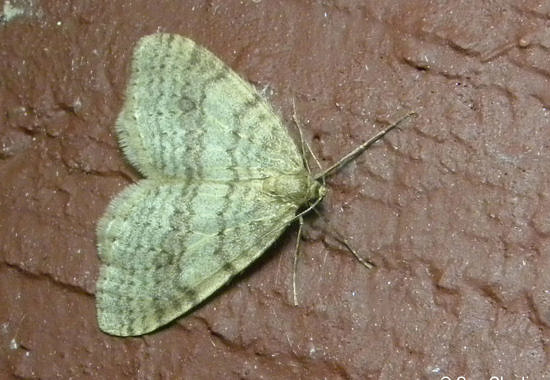
Fertility and Flight
In the angled light of November, a moth crossed my path through barren woods. Yeah, a moth, in the cold – a lesson in adaptation, fertility, and feminine sacrifice going by the name Bruce Spanworm.
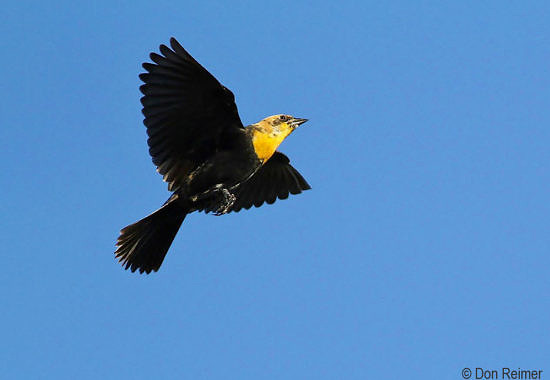
The Second Sunrise: A Final Monhegan Migration Report
He flashed yellow like an autumn sugar maple. When he launched from the meadow, the sun rose a second time over Monhegan Island. And as we left the island Monday for a wild boat ride, this star of fall migration – a young male Yellow-headed Blackbird – was still flying sorties and issuing his kuh-duck flight calls to the departing birdwatchers.
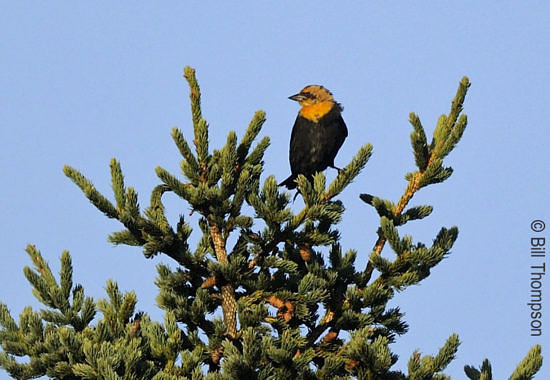
Hello, Yellow
A Yellow-headed Blackbird has been traversing the skies over Monhegan Island, Maine, for the past couple of days. This westerner heads east now and then, more commonly reaching the Midwest. Occasionally one or two will land here on this small rock off Maine’s midcoast.
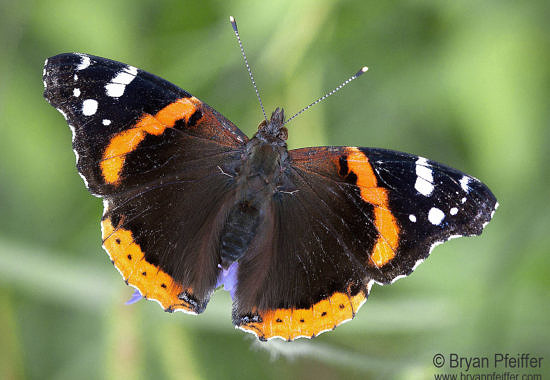
The Spineless on Monhegan
On north winds Wednesday morning the songbirds came to Monhegan – and then they left. Our gentle rain of migrants included newly arrived Yellow-throated Vireo, Blue-winged Warbler (thanks to Tony Vazzano) and Cerulean Warbler, an extraordinary bird for the island. Blue Grosbeak, Lark Sparrow and Clay-colored Sparrow, the usual Monhegan oddballs, entertained the besotted birders.
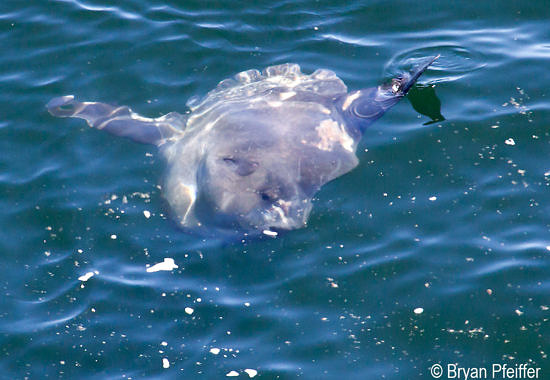
Opening Day
To borrow an entire chapter from William Faulkner: My favorite is a fish. Even though we saw more Cape May Warblers than Yellow rumped Warblers; even though Northern Gannets are plunge-diving everywhere offshore; even though Philadelphia Vireos present themselves with such elegance; even though Philadelphia Vireos make me swoon and happy; even though a Sharp-shinned Hawk chased a Belted Kingfisher by our deck during brunch; and even though we watched a couple of Minke Whales drift past Black Head; my favorite encounter during our first day with fall migrants on Monhegan Island, Maine, was the Ocean Sunfish off White Head.
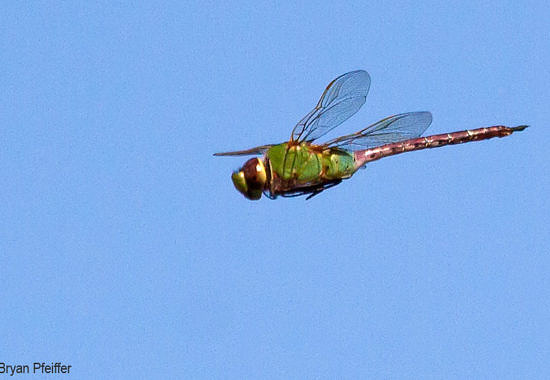
Going Nuclear for Dragonflies
On a crisp, sunny day in September, after what was probably a typical summer for a dragonfly, a Common Green Darner took off and began to migrate south. As it cruised past the summit of Vermont’s Mt. Philo, with Lake Champlain below and the Adirondacks off in the distance, the dragonfly crossed paths with a Merlin.
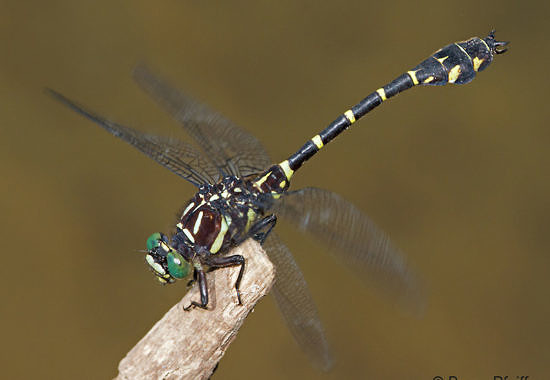
Zebras and Us
When I saw this dragonfly, I wet my pants. Okay, I was standing in Lewis Creek, so that’s actually how I wet my pants. But this dragonfly makes me euphoric. And I’m not entirely sure why. So I’m developing a theory on wildlife and aesthetics.
